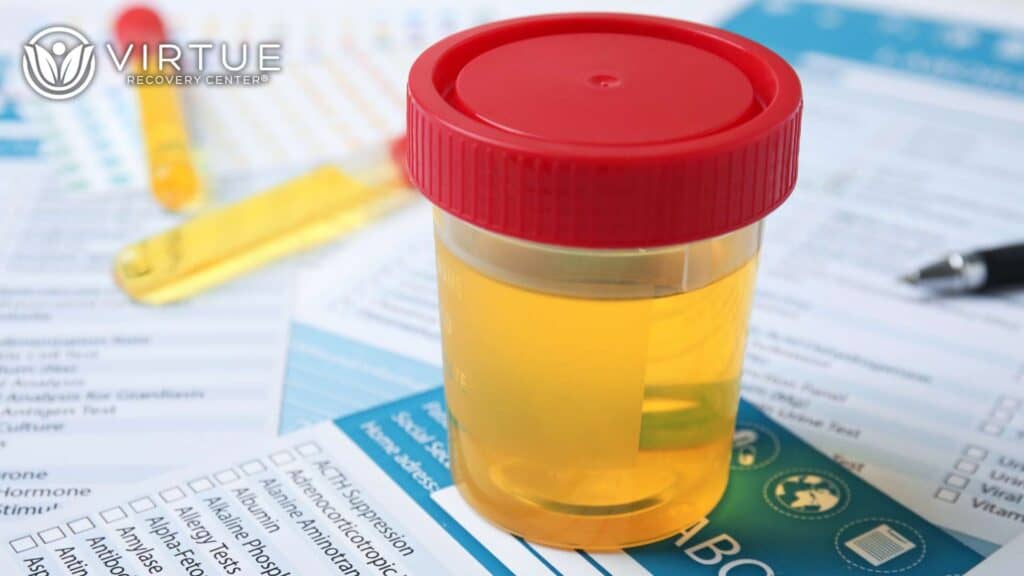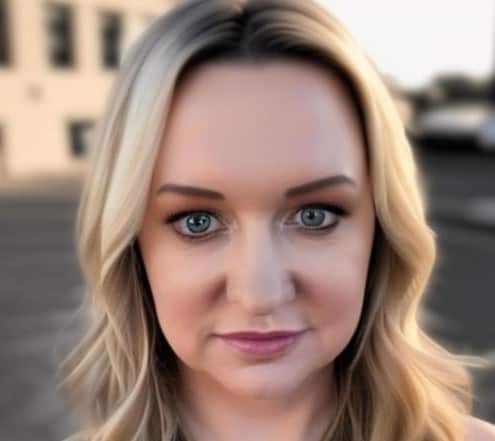Key Takeaways:
- Suboxone remains detectable in the body for up to 7 days or longer, depending on factors like dosage and metabolism.
- Urine tests are the most common way to detect Suboxone, showing results for several days after the last dose.
- Buprenorphine, the active ingredient in Suboxone, has a half-life of 24 to 42 hours, meaning it can take multiple days to completely clear the body.
- Individual factors such as age, body fat, and frequency of use affect how long Suboxone stays in the system.
- Suboxone is used to treat opioid addiction, helping to reduce cravings and withdrawal symptoms.
Introduction
Suboxone is a prescription medication used in the treatment of opioid addiction. It helps people manage withdrawal symptoms and reduce cravings, but many wonder: how long does Suboxone stay in your system? This is especially important for individuals concerned about drug testing or curious about the medication’s effects. Let’s dive into how Suboxone works, how it’s processed in the body, and how long it can remain detectable in drug tests.
What is Suboxone?
Suboxone is a combination of buprenorphine and naloxone. It’s often prescribed to help those recovering from opioid addiction manage withdrawal symptoms and reduce cravings. Buprenorphine is a partial opioid agonist that activates opioid receptors in the brain but to a lesser extent than full opioids like heroin or oxycodone. Naloxone, on the other hand, is an opioid antagonist designed to prevent misuse of the medication by blocking opioid effects when injected.
How Long Does Suboxone Stay in Your System?
Suboxone’s duration in the body depends on several factors, but on average, it can stay detectable for 2 to 7 days. This timeframe is primarily determined by the half-life of buprenorphine, which can range from 24 to 42 hours. However, the time Suboxone stays in your system varies depending on individual factors, such as metabolism and frequency of use.
1. Half-Life of Buprenorphine
Buprenorphine has a long half-life, meaning it takes time to be eliminated from the body. The half-life of buprenorphine ranges from 24 to 42 hours, which means after 24 to 42 hours, only half of the drug remains in the system. This long half-life helps reduce withdrawal symptoms over time but also prolongs the time Suboxone remains detectable in drug tests.
2. Naloxone
Naloxone, the second ingredient in Suboxone, has a much shorter half-life—about 2 to 12 hours. However, since naloxone plays a limited role in how long Suboxone stays in your system, it’s the buprenorphine component that primarily determines detection time.
Detection in Drug Tests
Suboxone can be detected in various drug tests, each with its detection window. The most common tests include:
- Urine Tests: Suboxone can be detected in urine for up to 7 days after the last dose, depending on the individual’s metabolism and the dose taken.
- Blood Tests: Although not as commonly used, Suboxone can be detected in blood tests for about 2 days.
- Saliva Tests: Saliva tests can detect buprenorphine for up to 3 days after the last dose.
- Hair Tests: Hair tests can detect Suboxone use for up to 90 days, though these are rarely used for buprenorphine detection.
Factors That Influence Detection Time
Several factors affect how long Suboxone stays in your system, including:
- Metabolism: Individuals with faster metabolisms will process Suboxone more quickly than those with slower metabolisms.
- Dosage: Higher doses of Suboxone will take longer to eliminate from the body than lower doses.
- Frequency of Use: Chronic use or long-term treatment can result in Suboxone remaining in the system longer than in someone who takes it occasionally.
- Age and Body Mass: Older individuals or those with higher body fat may metabolize and store Suboxone differently, potentially leading to longer detection times.
Why is Suboxone Used?
Suboxone is a crucial tool in opioid addiction treatment because it helps manage withdrawal symptoms and cravings without producing the euphoria associated with opioids like heroin or oxycodone. This allows individuals to stabilize and gradually reduce their dependency on opioids, offering a smoother transition to long-term sobriety.
Conclusion
Suboxone is an effective medication for managing opioid addiction, but it can remain in your system for several days after your last dose. Factors such as metabolism, dosage, and the type of drug test used will determine how long Suboxone is detectable. If you’re seeking help with opioid addiction, Virtue Recovery Las Vegas can guide you through the treatment process, including the use of Suboxone. Call 866-520-2861 for more information on how we can support your recovery journey.
FAQs
How long does Suboxone stay in your system?
Suboxone can stay in your system for up to 7 days after the last dose, depending on factors like metabolism and frequency of use.
What type of drug tests detect Suboxone?
Suboxone is most commonly detected through urine tests but can also be identified in blood, saliva, and hair tests.
What factors influence how long Suboxone stays in the body?
Key factors include your metabolism, body mass, dosage, and frequency of use.
Can Suboxone cause withdrawal symptoms?
Yes, stopping Suboxone suddenly can lead to withdrawal symptoms. It is important to taper off the medication under medical supervision.
What are the signs of suboxone addiction?
Signs of Suboxone addiction include taking higher doses than prescribed, cravings for the medication, and continued use despite negative consequences. Individuals may misuse Suboxone to experience its euphoric effects, leading to drug abuse and dependency on the medication.
How is suboxone used in addiction treatment?
Suboxone contains buprenorphine and naloxone and is used to treat opioid use disorder by reducing withdrawal symptoms and cravings. It helps block the effects of opioids, allowing individuals to manage their addiction and gradually decrease their dependency.
How long does it take for suboxone to start working?
Suboxone typically starts working within 20 to 60 minutes after being taken, depending on the individual and dosage. The medication’s buprenorphine component begins to reduce cravings and withdrawal symptoms during this time.
What is prescribed for treatment for suboxone addiction?
Treatment for Suboxone addiction may include tapering off the medication, counseling, and behavioral therapies. In some cases, medicines like clonidine or lofexidine are used to ease withdrawal symptoms when an individual stops taking Suboxone.
Is suboxone used for opioid use disorder treatment?
Yes, Suboxone is commonly used to treat opioid use disorder. Its buprenorphine component helps reduce cravings and withdrawal symptoms, while naloxone prevents misuse by blocking the effects of opioids.
Does suboxone show up on a drug test by urine?
Suboxone can be detected in your system through a urine test that screens for buprenorphine. However, routine drug tests may not check for Suboxone unless specifically requested, as it is not typically part of standard panels for illicit drug use.
What are the suboxone withdrawal symptoms?
Suboxone withdrawal symptoms can include nausea, headaches, sweating, irritability, insomnia, and muscle aches. The duration of withdrawal varies but may last several days after stopping use, depending on the time it takes for the drug to metabolize and leave the body.
What Factors Can Impact the Length of Time Suboxone Stays in Your System?
There are several factors that can impact the mdma detection time in your system. These include your metabolism, hydration level, frequency and quantity of use, and individual health factors. Additionally, certain medications or substances may interact with MDMA and affect how long it stays in your system.
Resources
https://medlineplus.gov/druginfo/meds/a605002.html
https://www.webmd.com/mental-health/addiction/opioid-use-disorder-suboxone
https://www.accessdata.fda.gov/drugsatfda_docs/label/2019/020733s024lbl.pdf









